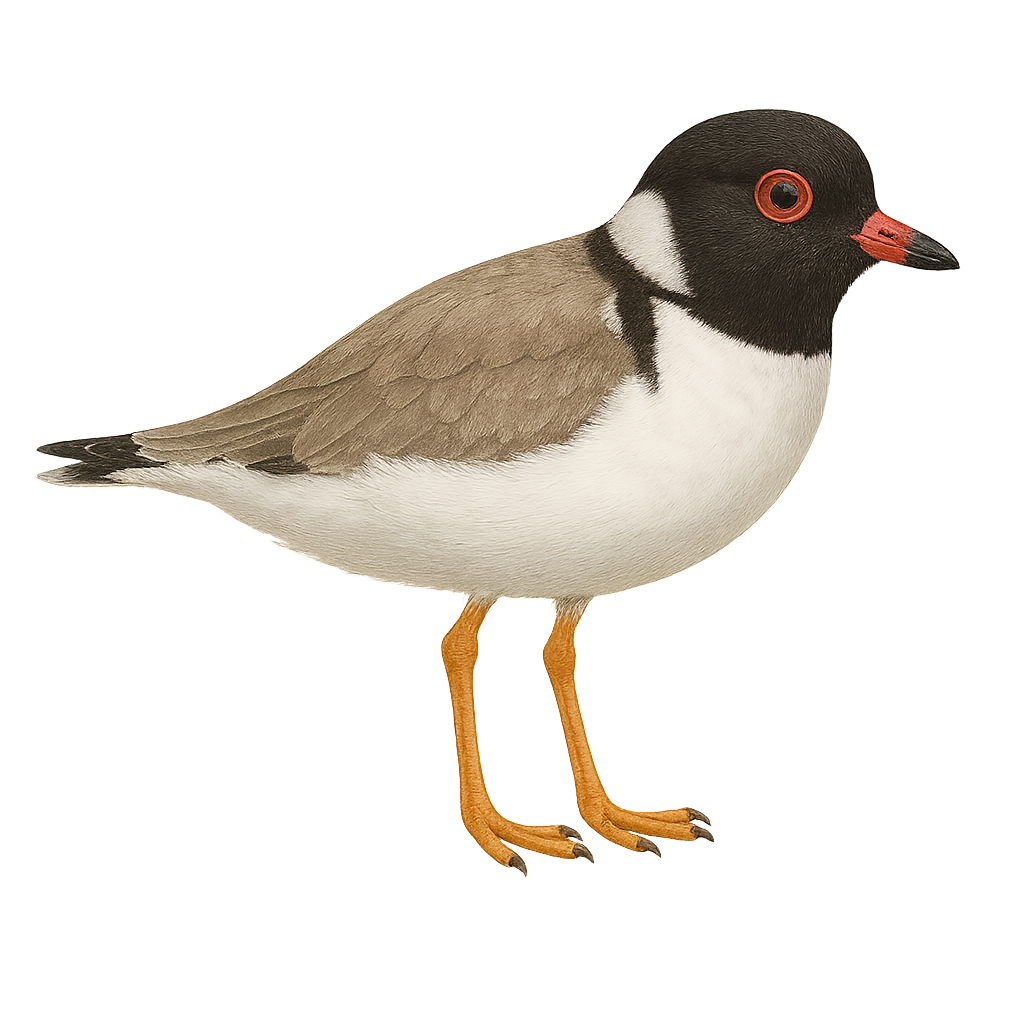Your wildlife photography guide.
Explore the hooded plover in detail, study its behavior, prepare your shots.
Where to observe and photograph the hooded plover in the wild
Learn where and when to spot the hooded plover in the wild, how to identify the species based on distinctive features, and what natural environments it inhabits. The WildlifePhotographer app offers tailored photography tips that reflect the hooded plover’s behavior, helping you capture better wildlife images. Explore the full species profile for key information including description, habitat, active periods, and approach techniques.
Hooded Plover
Scientific name: Thinornis cucullatus

IUCN Status: Near Threatened
Family: CHARADRIIDAE
Group: Birds
Sensitivity to human approach: Suspicious
Minimum approach distance: 15 m
Courtship display: September to November
Incubation: 27-28 jours
Hatchings: September to December
Habitat:
Sandy beaches, coastal dunes, estuaries
Activity period :
Primarily active during the day, with peak activity in the morning and late afternoon.
Identification and description:
The Hooded Plover, or Thinornis cucullatus, is a coastal bird endemic to Australia, easily identifiable by its distinctive plumage. It features a black head contrasting with its white and grey body, and a black band around its neck, giving it its name. This small bird, measuring about 20 cm in length, is often seen on sandy beaches and dunes, where it primarily feeds on marine invertebrates. Unfortunately, its habitat is threatened by human activity, leading to a decline in its population. Conservation efforts are crucial to ensure its survival.
Recommended lens:
400mm – adjust based on distance, desired framing (portrait or habitat), and approach conditions.
Photography tips:
To photograph the Hooded Plover, it is advisable to use a telephoto lens of at least 400mm to capture detailed images without disturbing the bird. Since it frequents beaches and dunes, try to blend into the environment by wearing neutral clothing and moving slowly. The best times for photography are early morning or late afternoon when the light is soft and human activity is reduced.
The WildlifePhotographer App is coming soon!
Be the first to explore the best nature spots, track rutting seasons, log your observations, and observe more wildlife.
Already 1 431 wildlife lovers subscribed worldwide

